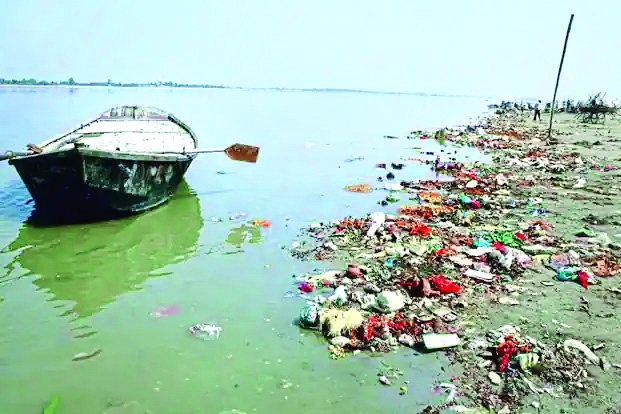Bengal urges Centre to declare four more rivers ‘fit for bathing’

KOLKATA: The West Bengal Pollution Control Board (WBPCB) has written to the Centre to declare another four of the ‘major polluting rivers’ in Bengal ‘fit for bathing’.
The rivers are Jalangi that flows through Murshidabad and Nadia district, Kasai which passes through Purulia, Bankura and West Midnapore, Dwarakeswar that passes through Bankura, East Burdwan and Hooghly and Rupnarayan which forms the eastern boundary of district East Midnapore with Howrah.
The BOD (biological oxygen demand) level of water in these rivers has come down below 3 mg which is the accepted limit.
In September 2022, acknowledging the efforts of the state government in curbing river pollution, the Centre declared 4 rivers namely Mayurakshi that flows through Birbhum, Korola that flows through Jalpaiguri, Silabati that flows through Purulia, Bankura and West Midnapore and Kaljani that flows through Alipurduar fit for bathing.
Five years ago, 17 rivers in Bengal were among the 300 grossly polluting rivers across the country.
Elaborating on the measures taken to address the river pollution issue, Tapas Gupta, chief technical advisor of WBPCB speaking at the 16th Environmental Partnership Summit organised by the Indian Chamber of Commerce on Thursday said that the major industries have been convinced to install effluent treatment plants, the urban local bodies have also set up sewage treatment plants and have taken measures to prevent solid waste from polluting rivers. Solid waste from river banks is being disposed of regularly.
Interestingly, the pollution of River Ganga has also witnessed a significant improvement with dissolved oxygen and the BOD improving to a great extent.
The Ganga which was in stage III in terms of pollution load has advanced to stage V which has been a major achievement for Bengal.
According to Gupta, 67 per cent segregation at source has been achieved by the urban local bodies and in the next four to five months 100 per cent segregation will be a reality.
“We will go for processing of the waste, once we achieve cent per cent segregation. Bio-mining is being done in 123 legacy dump sites across the state,” said Gupta.



